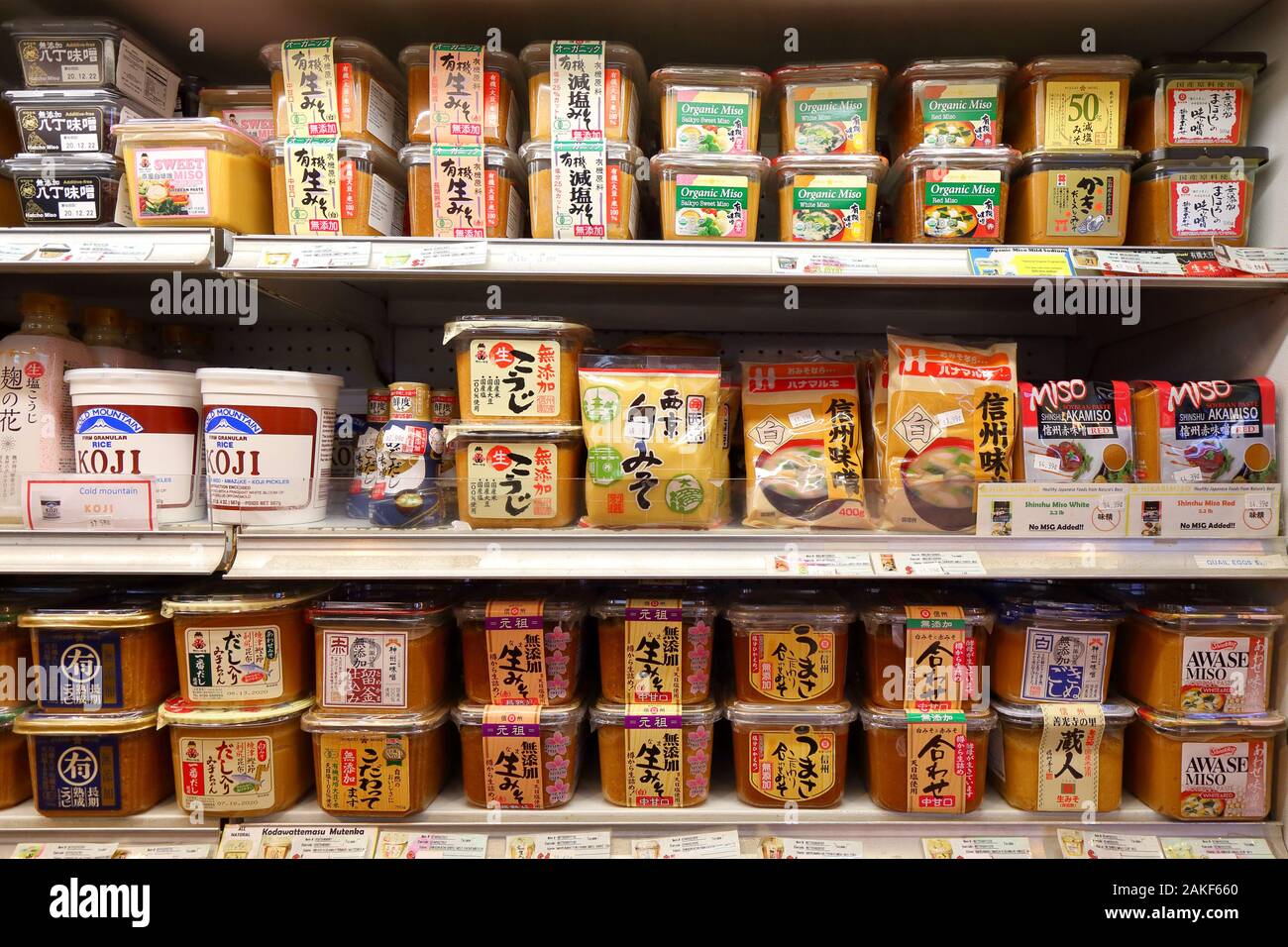

The Chinese character 豉 entered Japan in the 8th century. The excavation of the slip is considered an evidence to support the hypothesis that the invention of nattō was based on the Chinese douchi imported to Japan. Ī wooden slip was excavated in Heijō-kyō, which had the Chinese character 豉 written on it. Because salt was expensive at the time, it has been suggested that nattō was invented by accident during the production of douchi.

This provided an opportunity for the production of douchi to become popular in Japan. The cultivation methods of soybeans and rice were imported from China to Japan during the Yayoi period, and later on, the circulation of salt began to flourish in Japan. The amount of salt used also differentiates douchi and nattō in taste and appearance. Chinese use both black and yellow soybeans to produce douchi whereas Japanese nattō uses only yellow soybeans. They are usually made from fermented soybeans and with an ample amount of salt however, the ingredients and production methods differ in Japan. These are salted, fermented and aged whole soybean seasonings or condiments invented in China and spread throughout East Asia.

Chinese douchi īefore nattō, there was a similar dish of fermented black soybeans food in China called 豉 (chǐ) or douchi ( Chinese: 豆豉 pinyin: dòuchǐ). As people happened to eat these fermented beans and found them delicious, this type of fermented stringy beans soon gained popularity in Japan because of its unique taste and strong flavor. Īnother story involves Prince Shotoku (574–622), who is said to have wrapped the leftovers of boiled soybeans in straw bags for his horse. The soldiers ate it anyway, and liked the taste, so they offered some to Yoshiie, who also liked the taste. They hurriedly packed up the beans, and did not open the straw bags until a few days later, by which time the beans had fermented. One day, his troops were attacked while boiling soybeans for their horses. One story about the origin of nattō attributes it to the samurai Minamoto no Yoshiie (1039–1106), who was on a campaign in northeastern Japan between 1086 AD and 1088 AD. Legendary origins Opening and stirring a container of nattō One theory is that nattō was codeveloped in multiple locations in the distant past, since it is simple to make with ingredients and tools commonly available in Japan since ancient times.

Sources differ about the earliest origin of nattō. A 2009 survey revealed that 70% of Japanese people find the taste pleasant, and others who may not find the taste of the food pleasant still eat it out of habit. Nattō is often considered an acquired taste because of its powerful smell, strong flavor, and sticky, slimy texture. Within Japan, nattō is most popular in the eastern regions, including Kantō, Tōhoku, and Hokkaido. It is served with karashi mustard, soy or tare sauce, and sometimes Japanese bunching onion. It is often served as a breakfast food with rice. Nattō ( 納豆), spelled as natto in standard English language use, is a traditional Japanese food made from whole soybeans that have been fermented with Bacillus subtilis var.


 0 kommentar(er)
0 kommentar(er)
